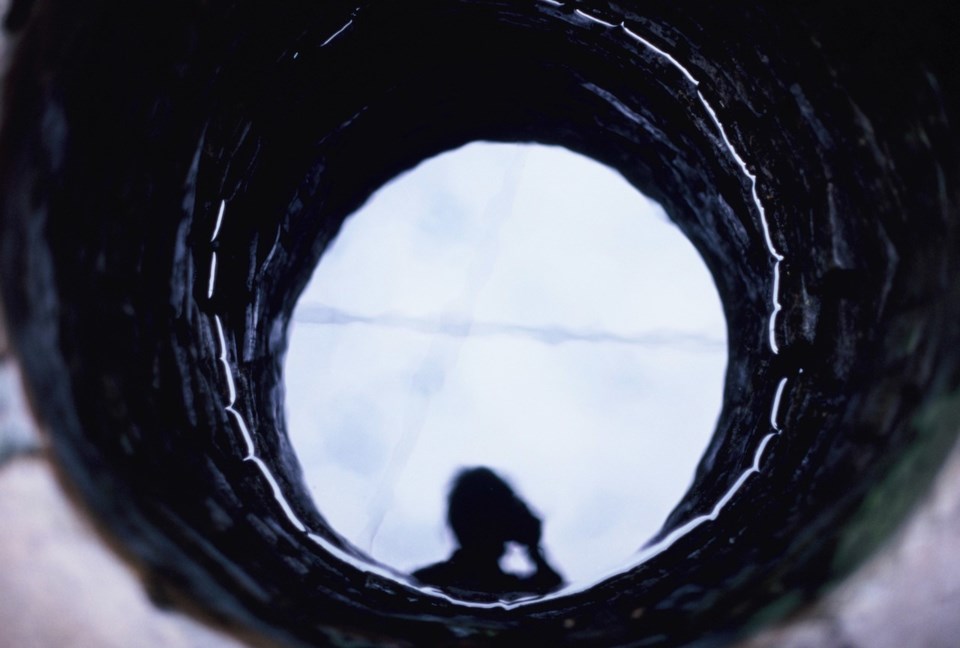Editor:
I was pleased to see the release of the Memorandum of Understanding (MOU) between the SCRD and the shíshálh Nation about our water supply and the “joint goal of safe and sustainable water.” Concerning the goal of “safe,” I think the public health risk of sewage biosolids and the proposed Lower Crown reservoir is being downplayed.
Biosolids were applied on the mine site from 1998 to 2017 and there are publicly available records showing that thousands of tons were applied at fifteen different locations, including on two sides of the proposed reservoir. Biosolids are good for mine reclamation but not for what is now proposed to become a drinking water catchment area. The biosolids came not just from the Coast but also from Metro Vancouver and Powell River and they contain heavy metals, pharmaceuticals, microplastics and PFAS (so-called “forever chemicals”) that can remain in the soil permanently.
A proposed application of biosolids for reclamation of the Brenda Mine (near Kelowna) was rejected by Interior Health in 2014 because it was upstream of a drinking water catchment area. The biosolids areas in the Lehigh mine are directly uphill from the proposed reservoir. BC’s Drinking Water Protection Regulations make it very clear: “Class B biosolids must not be land applied in a watershed used as a permitted water supply.” There is a serious public health risk to be addressed here.
Any additions to a drinking water system must be approved by Vancouver Coastal Health. I think this approval must be sought before having the SCRD spend $100,000 of our money studying the engineering aspects of the proposed reservoir.
Let’s have the experts decide whether this proposal is “safe” first.
Greg Deacon
East Porpoise Bay


